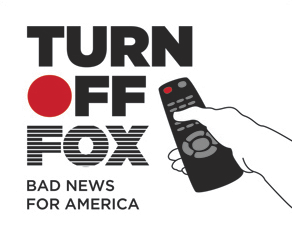In the world of collecting, coinage is 'hard' money and currency is 'paper' money.
Here's a bit of trivia for you; per the United States Constitution, the government in Washington is ONLY allowed to mint coins. They are not allowed to print currency. That can only be done by the Federal Reserve, which is technically not a government agency. That's why it says 'Federal Reserve Note' on your paper money.
Prior to 1929, when the Federal Reserve stated to print 'Reserve Notes' the Government did print paper currency but these were considered 'demand notes' meaning that you could go to any bank, and demand that they be exchanged for Gold. In reality the Federal Reserve banks stared to print currency in 1915 but these were referred to as 'Federal Reserve Bank Notes' and were not in general circulation to the public but were used mostly by businesses and banks since Gold and Silver coins were still the preferred tender for the average citizen.
Note that the Federal Reserve also printed very large denomination notes, including $10,000 notes since this was how money was transferred between businesses and banks, and between the banks themselves. It was easier then moving Gold/Silver coins or bullion around.
However, even when the Federal Reserve started to print notes for public use, at least until 1934 they were still not considered legal tender themselves as you could still go to a bank and demand Gold for them. This ended with the 'Gold Reserve Act' of 1934 which made Federal Reserve notes legal tender for the first time thus taking the US off the Gold standard.
As for the so-called 'Silver Certificates', these were the last notes actually printed by the government in Washington and could be exchanged at any US bank for their face value in Silver. After 1933 only $1, $5 and $10 Silver Certificates were issued until 1963 when they were officially abolished and the Federal Reserve was authorized to print all currency to be used in the US including small denomination bills such as $1 and $2 notes. BTW, 1964, except for a couple of years of Kennedy half-dollars and coins minted for collectors such as Proof coins, was the last year that any US coins contained any significant amount of silver.
Today, the only Gold and Silver coins minted are for either collectors or as investment vehicles, and except for those coins strictly designated as for collectors, such as commemorative and proof coins, all other gold and silver coins are considered bullion and MUST be purchased from a precious metals dealer or from an owner who got them originally from a dealer. I buy all current issue collector coins directly from the mint and my silver bullion coins from a few different dealers. While the mint published set prices for their items, dealers sell their products based the spot market for Gold and Silver, generally a few dollars above spot for Silver, more for Gold.
As for older coins to occasionally fill holes in my collection, I either go to coin dealers or most often go on Ebay and buy them there, where I recently acquired three Washington quarters from the 1930's, two of them being so-called 'key dates' (1932-D and 1932-S mint marks). I only have six more 'holes' to fill in my Washington quarters collection, all but one from the 1930's. My Jefferson Nickel, Roosevelt Dime, Kennedy Half Dollar, Eisenhower Dollar, Native American Dollar, Presidential Dollar, and Silver Eagle collections are all full and will be up-to-date as they are released from the mint and I purchase them (the 2016 Silver Eagles are already released and I have mine, in fact, I have 20 of them). My Susan B. Anthony Dollars is only missing one coin but that's a really expensive proof coin that I've just not gotten the nerve to buy yet.
As for the rest of my collection, there are still many holes in the older dates (pre WWII) but I'm always on the watch and will buy something if the price it right.

OCU
